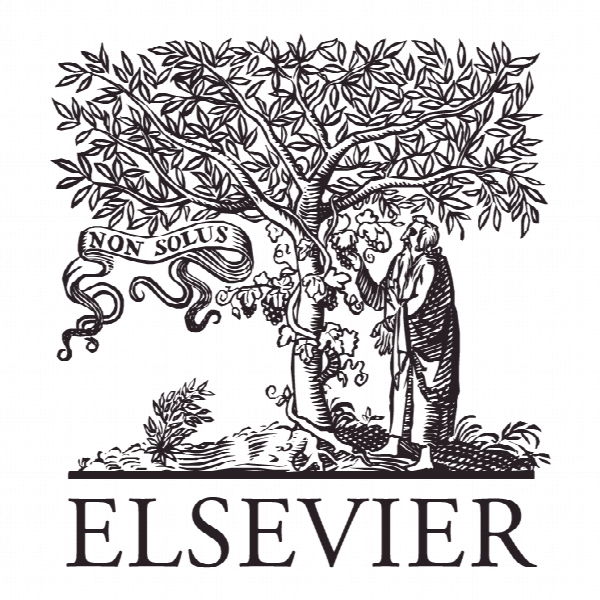حذف یون های فلز سنگین نیکل از فاضلاب ها با استفاده از نانو ذرات کربن روغن سرخ کردنی Removal of Heavy Metal Nickel-Ions from Wastewaters Using Carbon Nanodots from Frying Oil
- نوع فایل : کتاب
- زبان : انگلیسی
- ناشر : Elsevier
- چاپ و سال / کشور: 2018
توضیحات
رشته های مرتبط شیمی، محیط زیست
گرایش های مرتبط شیمی تجزیه، مهندسی بهداشت محیط
مجله پروسه مهندسی – Procedia Engineering
دانشگاه Universitas Negeri Semarang – Semarang – Indonesia
منتشر شده در نشریه الزویر
کلمات کلیدی انگلیسی carbon nanodots; frying oil; nickel; wastewater; adsorption; electrical current
گرایش های مرتبط شیمی تجزیه، مهندسی بهداشت محیط
مجله پروسه مهندسی – Procedia Engineering
دانشگاه Universitas Negeri Semarang – Semarang – Indonesia
منتشر شده در نشریه الزویر
کلمات کلیدی انگلیسی carbon nanodots; frying oil; nickel; wastewater; adsorption; electrical current
Description
1. Introduction The presence of heavy metal ions such as cadmium, cobalt, copper, nickel, chromium and lead in water that exceeds the threshold becoming a serious problem for the environment. Commonly, the properties of heavy metals are non biodegradable and toxic that can cause various negative impact on living organisms [1]. Water pollution due to heavy metals can be caused from many different of human activities such as mining and industrial waste [2]. Widely various techniques have been used for removal of heavy metal ions from water such as precipitation, ion exchange, membrane filtration and adsorption [3,4]. Recently, many reports shows on the development to remove the heavy metal in the water with a consideration about low cost and effective impact, such as adsorption technique [5,6].Various materials that have strong adsorption to remove any contaminants in the water, including heavy metal is from class of carbon materials such as activated carbon, carbon nanotubes and graphene oxide [5-7].Activated carbon has a wide surface area, whereas the carbon nanotubes and graphene oxide becomes material much studied in environmental applications include water purification due to the presence of function group is dominated by carboxyl and hydroxyl that forms graphitic structure. So it is very effective as an adsorbent materials because have strong interaction to cations through electrostatics mechanism [8]. Recent a new class material from carbon is carbon nanodots (C-Dots). It could be produced from the polymerization process with a simple hydrothermal method at low temperatures. Structure C-Dots contain of oxygen atoms that are abundant in the arrangement of function group carboxyl and hydroxyl which obtained from precursors form of carbon sources such as citric acid, soy milk, orange juice, ginger, food waste, waste paper and frying oil [9-15].Different from the carbon which usually black and has a weak fluorescence, C-Dots have properties such as strong fluorescence, non-toxic and insoluble in water. So that makes this materials have a high attractiveness to be assessed and used in various application fields such as bioimaging, photocatalyst and sensor [16]. In this work, we report a preliminary study for the use of C-Dots from frying oil for a new function to remove heavy metal nickel ions. The amount of C-Dots and time process is varied to investigate for derive the optimum condition to remove a heavy metal ions. The performance of the C-Dots from frying oil to remove a heavy metal nickel ions are estimated from electrical current and adsorption spectra.


